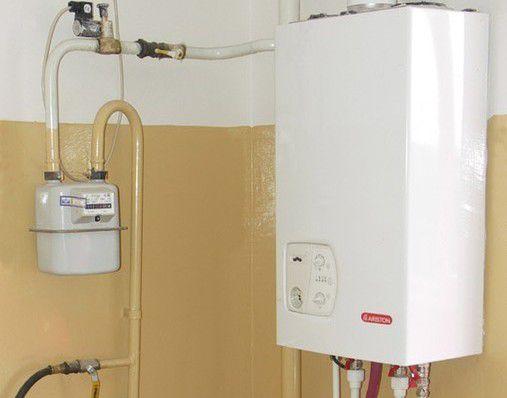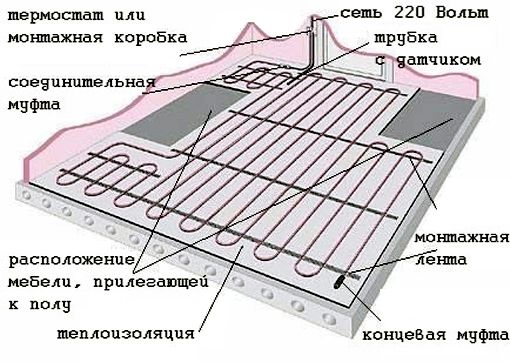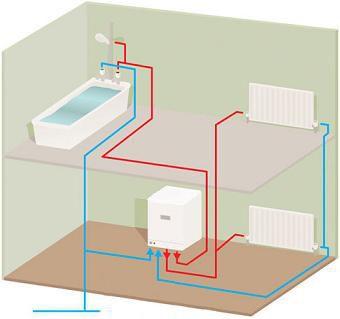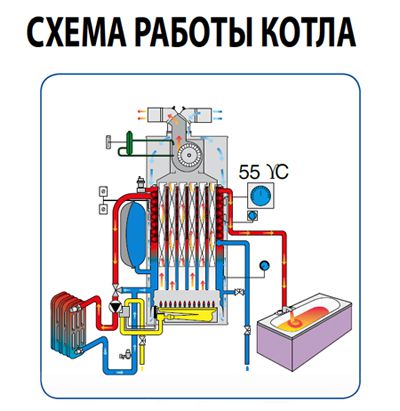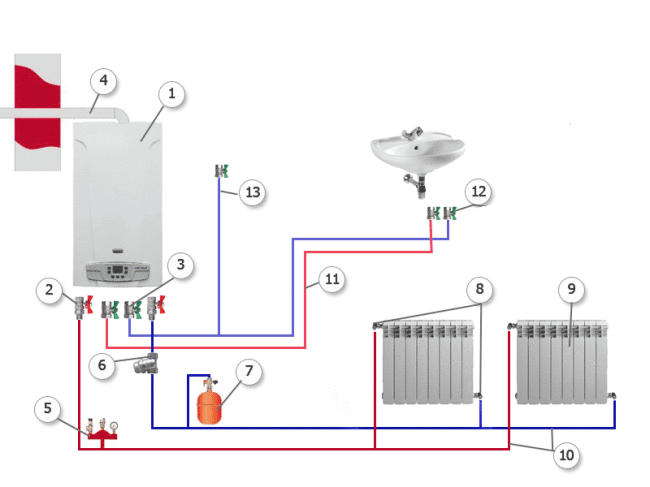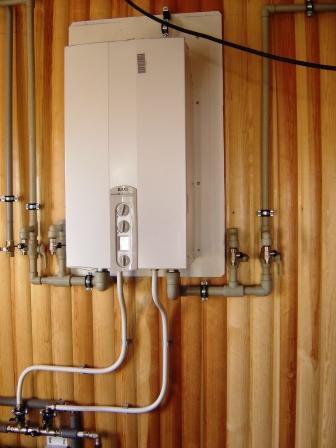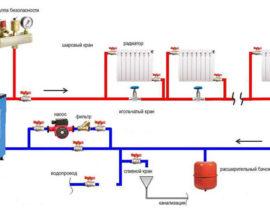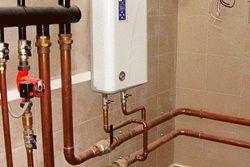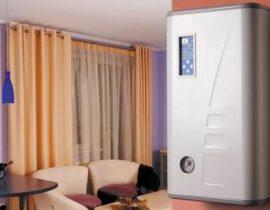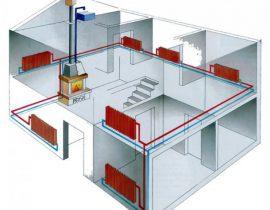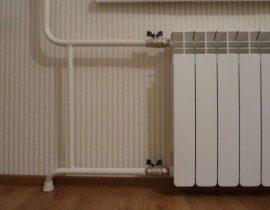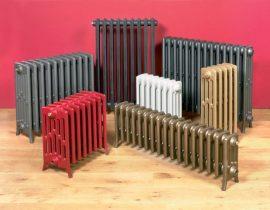Many homeowners in apartment buildings are not too happy with the heating service. It is either there or not, and the temperature of the batteries may not depend on the temperature on the street.
But you want the apartment to be warm in severe frosts, and on a fine May day, the batteries are not fried, as in a severe cold. In addition, heat generating companies and management organizations do not get tired of pleasing their customers with not too humane price tags for heat. Of course, you can cut this Gordian knot and just build yourself a suburban doi, where everything will depend only on you. But, with a certain skill, it is possible to achieve individual heating in an apartment building.
Content
Legislation of 2018, is it possible to do without a lawyer?
Let's make a reservation that the creation of a completely autonomous, individual heating scheme for housing in an apartment building has two sides of the issue: legal and technical.Oddly enough, but the technical side of the issue is much easier to solve - modern manufacturers offer the widest choice of individual heating systems: from the simplest fan heaters to advanced complexes powered by renewable energy sources. But with the legal registration of leaving for "free heating swimming" you will have to tinker pretty much.
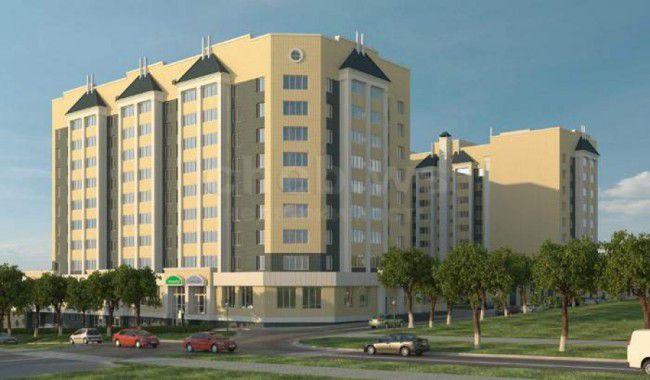
Unauthorized transition from central heating threatens with problems with the Criminal Code of the Russian Federation
We will consider the most cardinal option - a complete shutdown from the main heating systems. In fact, why pay at the same time for the thermal services of the management company and spend money on maintaining your own individual heating system in the apartment.
If you do not consider yourself mentally disabled, you can easily learn all legal aspects personally, without spending money on the services of lawyers or law firms. To do this, it is enough to read Law of the Russian FederationAbout housing and communal services«, it describes in detail your rights, which you can safely demand from the authorities, and in case of refusal, apply to the court for protection!
How to properly and legally disconnect from the main heat supply?
First of all, you will have to get rid of all heat sources in your apartment, in which the coolant supplied by the management company passes.
In new buildings, this can be done very simply - in such houses, as a rule, individual distribution of the coolant to each apartment is practiced, while each apartment has an individual meter. Accordingly, it will be enough for you to simply turn off the valve and the heat bill for your apartment will be frozen.
But with houses of old construction, the situation is much more complicated.The fact is that there is simply no individual heat supply in such houses. Heat supply pipes pass from one apartment to another along the riser. As a result, it is most likely impossible to remove heating appliances in apartments located on the middle floors of apartment buildings.
But in apartments that are located on the edges of the risers, that is, on the upper floors, it is quite possible to remove the heaters completely. Such a precedent already exists - a resident of Izhevsk thus converted an ordinary apartment located on the extreme, fifth floor of an ordinary typical "Khrushchev". He drew up a refurbishment project in a specialized organization, hired a team from a company licensed to carry out construction and installation work in the field of heat supply.
When refurbishing an apartment, it is necessary to pay attention to the fact that the pipelines of the main heating systems do not give off heat to your apartment. Our hero closed the circuit in the floor screed of his apartment, using metal-plastic pipes with minimal heat transfer for this. Thus, the lower floors were not left without main heat, and no one could reproach him for being heated by these pipes.
After carrying out repair work, it is necessary to obtain documents on putting the apartment into operation, which indicates the new heating characteristics. How such paper should look like is shown in the figure. After that, such paper goes to the management company and you have to endure another round of battle with the employees of the management company, who obviously will not want to reduce their income due to the fact that you will no longer pay for heat.
The process of installing an individual heating system in an apartment building
Along with the epic of disconnecting from the main heating, in parallel, you must also consider the parameters of your own individual heating system. By and large, the choice of its type depends on what type of energy is supplied to your apartment. In the absence of main gas supply, the natural choice would be to create a heating system based on electricity. A very popular solution in this area is the installation of underfloor heating. They can be placed over the entire floor surface of your apartment and can have individual adjustment devices. Adjustment of the level of heat given out by warm infrared floors can also occur automatically, depending on the ambient temperature in the apartment.
Installation of warm electric floors is quite simple and accessible to people with minimal technological skills. The only important issue that will need to be addressed with this approach is the restructuring of the electrical wiring system in the apartment. In older homes, aluminum wiring may simply not be able to withstand the combined power of electric floors. So you will most likely have to change the aluminum wiring to copper, laying an individual cable to each room and leading them to the apartment's switchboard with a separate circuit breaker connected.
Installing solid or liquid fuel boilers in apartment buildings is not practical. Such equipment, as a rule, requires the allocation of a separate room, and it is unlikely that anyone will allow you to store a supply of coal, firewood, pellets or diesel fuel in an apartment building. Yes, and this approach is simply inconvenient.
The natural choice when creating an individual heating system in the presence of main gas supply will be the design and installation of a structure based on a gas boiler. This is a popular design, especially since in many of these apartments hot water is provided just by heating water in a gas boiler.
Individual gas heating in an apartment building
The key element of your individual heating system based on the main gas supply will be a double-circuit gas heating boiler. The installation of this system is quite simple and does not require, for example, the construction of a gas-tight gas duct.
This modification of the gas boiler takes oxygen directly from the atmospheric outdoor air. The products of combustion are removed by means of a system of ventilation pipes.
A schematic diagram of a double-circuit gas boiler is shown in the figure.
Such devices have a high level of automation, which will give you the opportunity not to be present during the entire cycle of the device. It is quite compact and has excellent functional characteristics. This equipment is reliable and faithfully will serve you for many years.
The automation of such a boiler supplies gas to the burner and ignites it only after receiving a positive response from all sensors that control many parameters, for example, from the level of coolant in the system.
The circulation of the coolant in systems based on double-circuit gas boilers is carried out by means of a pump. Water or a special antifreeze can be used as a coolant.
We allocate a room for a gas boiler
Gas boilers can not be installed in all areas of your apartment. The room in which it will be located must meet the following safety requirements:
- Its area cannot be less than 4 square meters. The room must have an entrance door at least 80 cm wide.
- In addition to the door in such a room, there should be a window overlooking the outer wall of the building.
- Some modifications of heating boilers require the presence of forced ventilation in the room.
- The boiler itself must be fixed to a wall constructed of non-combustible material. If such a wall is not found, then between the wall and the boiler it is necessary to place a reliable layer of material that prevents the spread of fire.
- The gas boiler must be located no closer than 30 centimeters from other gas or heating appliances.
These requirements must be carefully studied, as failure to comply with them can lead to very negative consequences.
How to install a wall mounted gas boiler
The "heart" of your individual heating system will be a wall-mounted gas heating boiler. The general schematic diagram of the installation of wall-mounted gas boilers is shown in the drawing.
This design is very compact in size, light in weight, reliable and efficient, and therefore won wide popularity among consumers.
The place for the installation of such equipment is to choose the main wall of the room. In extreme cases, the boiler can be placed on a sufficiently reinforced non-capital partition.
Mounting strips must be fixed to the wall according to the selected mounting location. The lower part of the gas wall-mounted boiler should be located in the range of 1-1.6 meters from the lower level.The layout of the mounting elements is usually available in the operating instructions for your equipment.
Please note that gas equipment is a source of increased danger, therefore, its commissioning is carried out only in the presence and after obtaining permission from a specialized organization that has the appropriate licenses. Such organizations also carry out the design of the installation of gas equipment. In any case, even with the independent development of such a project, it must be approved by an authorized organization.
The connection of gas boilers to the gas main is usually carried out by means of metal pipes that have a certificate for use in gas supply systems. An alternative option for connecting to gas can be special rubber hoses. Each junction of gas pipelines must be checked for leaks. To do this, use the usual soapy solution, which will show you the leaks.
After installing the gas wall-mounted heating boiler, the heating medium heating circuit is connected to the existing heating system, disconnected from the main heat supply. Pumps are used to ensure constant circulation of the coolant in the system. There are modifications of gas boilers, which, in addition to the heat exchanger, include a pump unit that ensures the movement of the coolant to the heating radiators.
Video: Pros and cons of autonomous heating in an apartment

